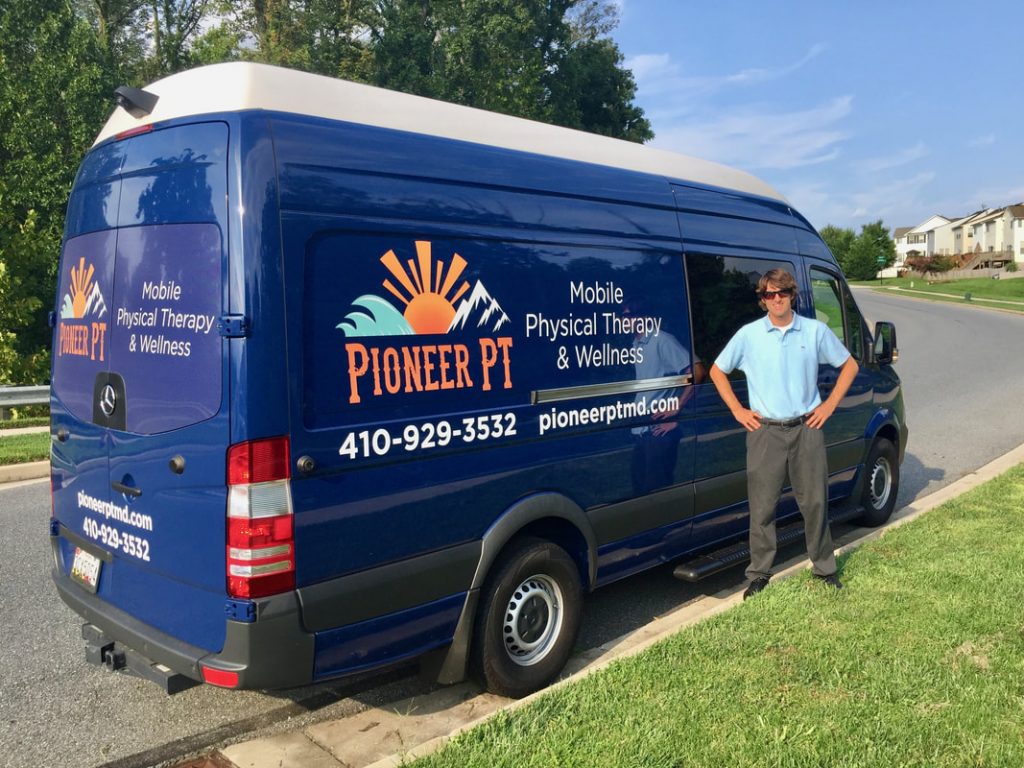Runners this one is for you! Learn how to take care of your body and avoid injuries so that you will be able to run weekly throughout the entire year, and meet your pace per mile goal in your next race.
Don’t use and abuse your body with the lack of post-run recovery, otherwise the repetitive micro-trauma will add up and potentially become a serious injury that keeps you from your passion. One of the worst things you can do after a run is to sit around the remainder of the day.
Muscle soreness is normal after a good workout and can peak in 1-3 days. Each foot strikes the ground approximately 80-100 times per minute with typical running cadence and with a force of 3-5x your body weight. That is a lot of stress, making it is easy to see why micro-trauma can occur and why we are here to teach you ways to recover. You do not want those small areas of tension that you feel at the beginning or by the end of the run turning into IT band syndrome, or achilles tendonitis. You may have already waited too long. Next, I will give you recommended pieces to the puzzle, that your body will be happy to receive after a good workout.
How do you recover after a run?
5 post-run recovery rules
1.) Refuel:
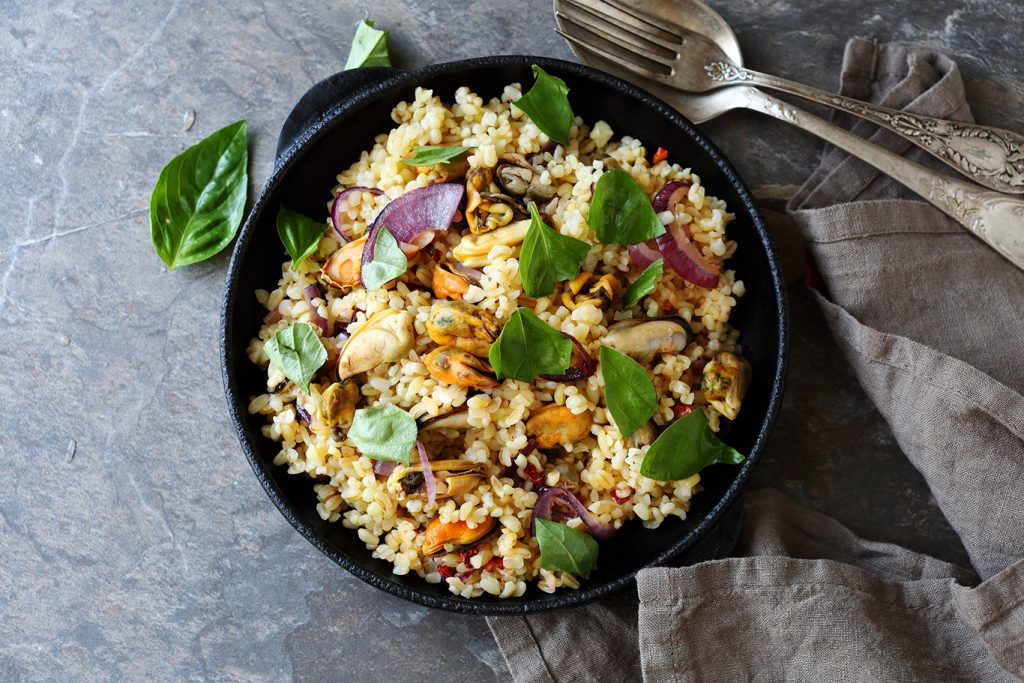
- (eight, 8-ounce glasses are recommended daily, not considering a workout where more fluids are lost)
- Water is typically good however, depending on the intensity of your workout, how much you were sweating, or how hot it was outside you may consider sports drinks to replenish electrolytes
- In general electrolytes allow normal body functions, for example sodium and potassium allow your muscles to fire and contract
- Salt is lost in sweat too, that is why it tastes salty, and you may want to consider a recovery drink (or even pickle juice)
- Carbs are broken down and turned into energy
- Whole grains are best, such as rice, quinoa, or whole grain breads.
- Protein helps primarily with muscle repair
- Beans, fresh caught fish (salmon), nuts (almonds, walnuts)
- May want to consider anti-inflammatory foods such as green leafy veggies (spinach/kale), fruits (blueberries, strawberries, cherry, oranges) and even dark chocolate (gives you quick sugars for energy along with anti-inflammatory properties.)
- Fruits provide quick energy boost
- Chocolate milk is a good source of carbs and protein (double that of sports drink), and calcium helps with muscle activation and lubrication
2.) hot shower:
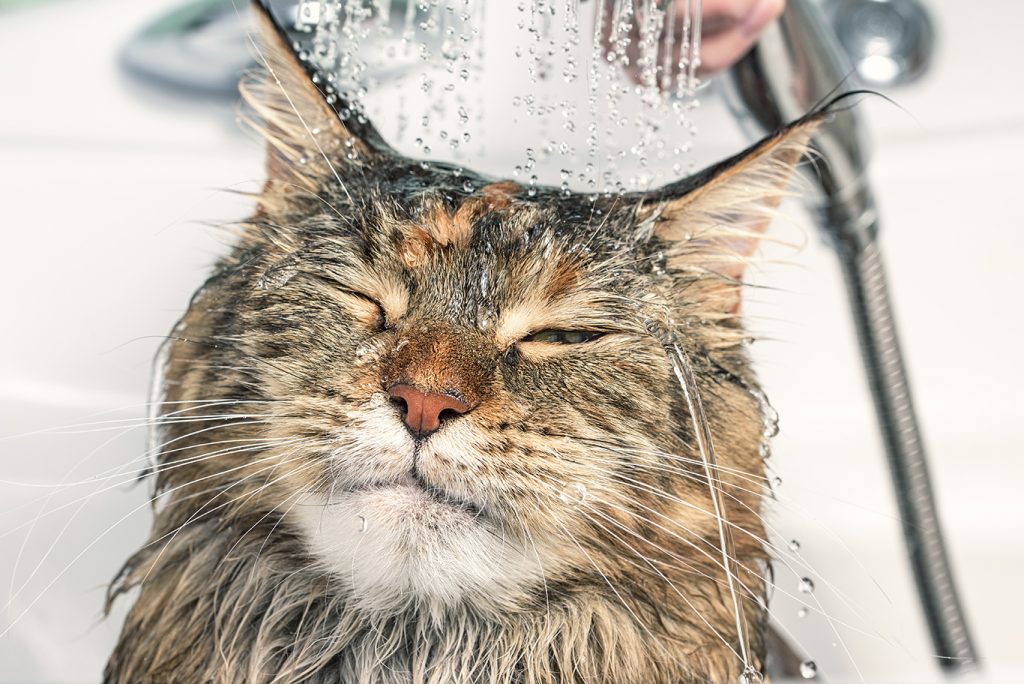
3.) Stretch:
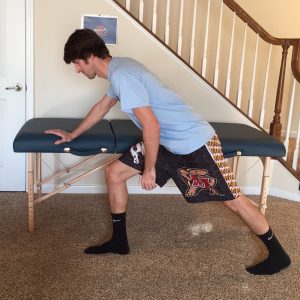
- Static stretches should not be performed prior to sprinting because it decreases short term power output and can cause slower times
- Focus on large muscle groups: calves, quads, hip flexors/TFL and hamstrings.
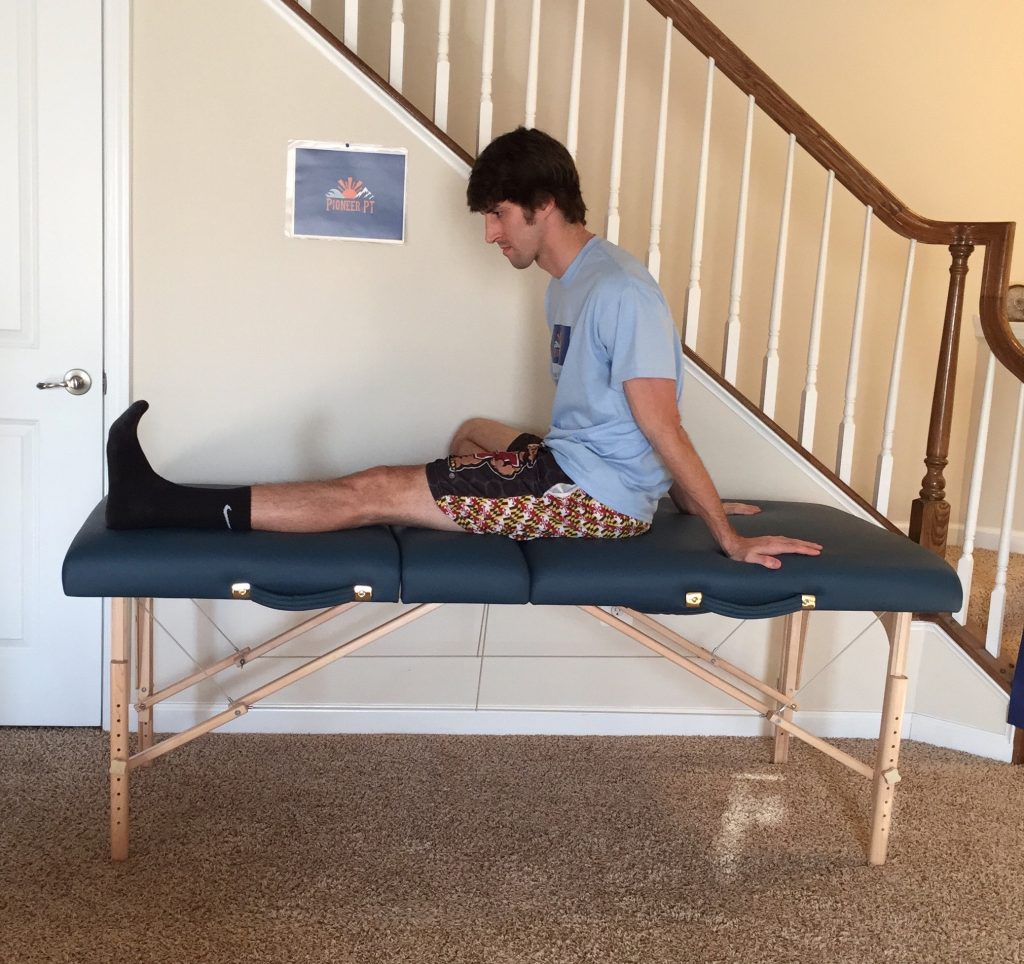
Hamstring with sciatic n. Glides: Standard “figure 4” stretch works here then move ankle up and down approximately 20x
If tingling, numbness, or sharp pains that do not get better during ankle motions seek a physical therapist, because you are experiencing nerve compression with possible disc bulge
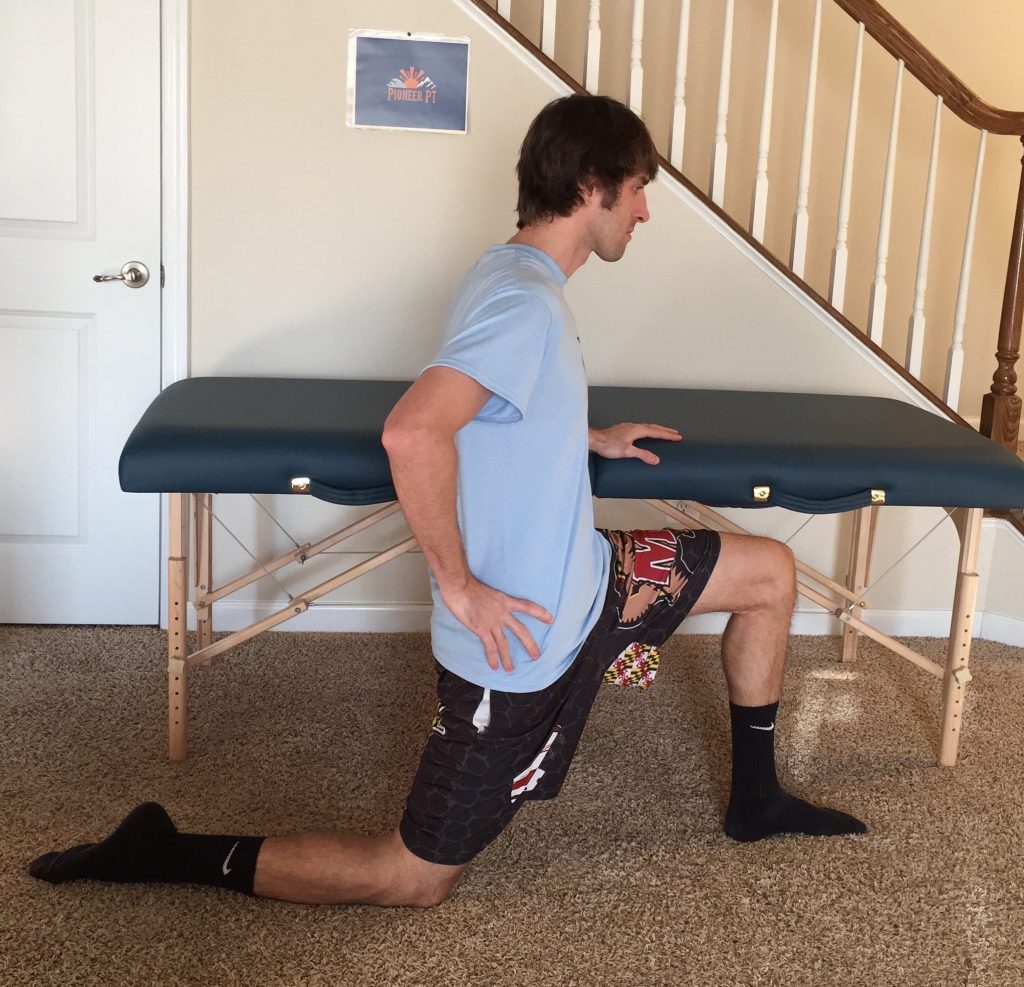
Hip flexor/TFL: kneeling, keep back flat, and drive hips forward until stretch is felt on front of hip
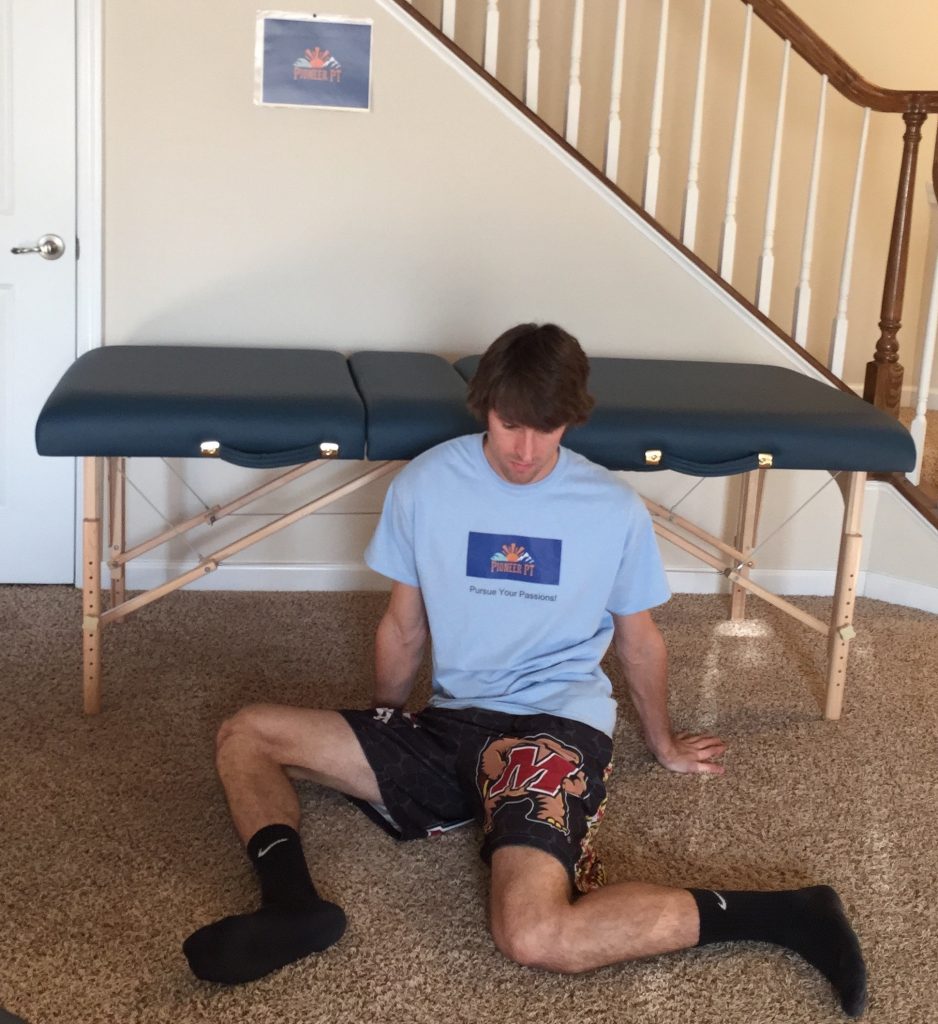
Hip opening or groin (butterfly): Seated with upright back posture and move legs slowly from side to side trying to bring knees down to floor
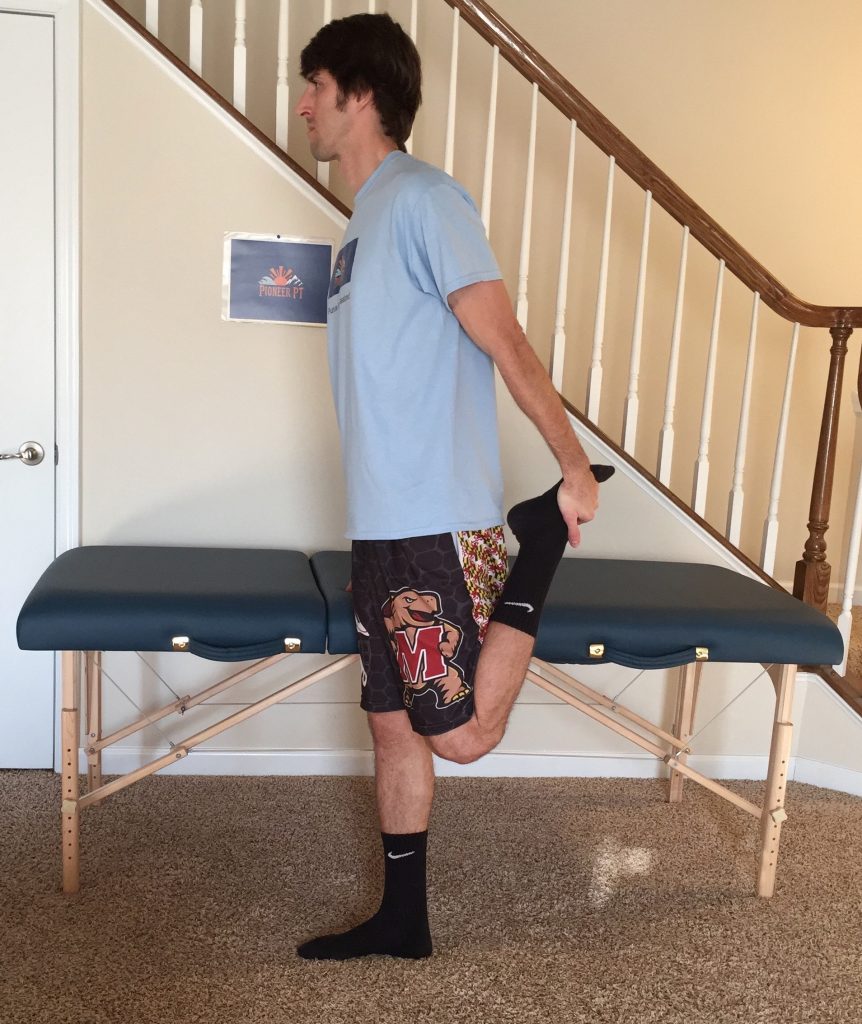
Quad stretch: ensuring hip extension (knee moving behind hips), and bring heel towards your bottom
4.) Self Release:
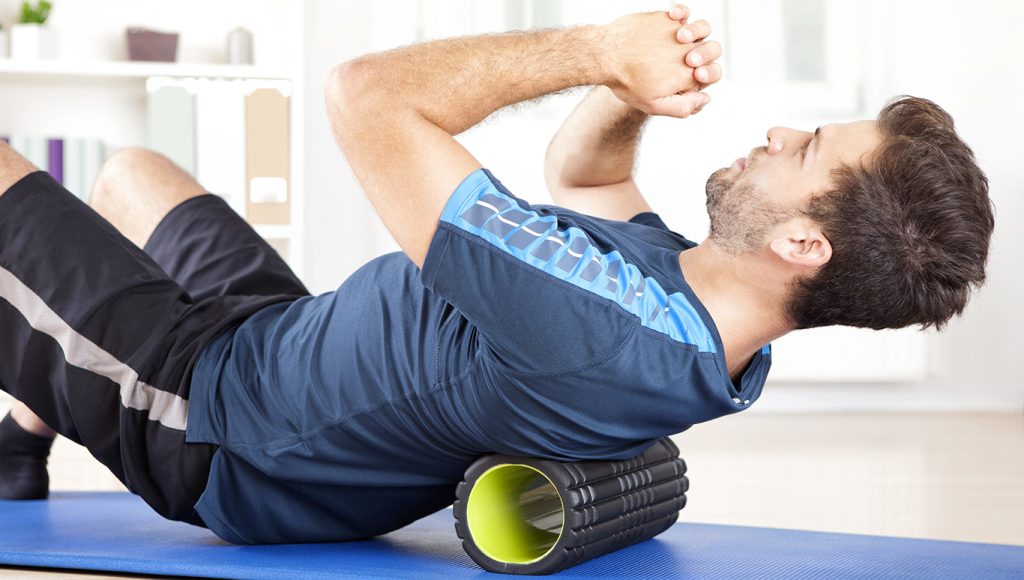
- Focus on lateral or outer thigh from hip to knee
- Roll gently back and forth and when a tender point is felt focus on that area
- First, simply hold pressure to tender area until release of pain is felt. This may take a minimum of 60-90 seconds.
- Second, while holding pressure to tender area move adjacent joint through active motion.
- Trigger point ball or lacrosse ball work great
- Great for working deeper into muscle
- TFL is an ideal location to work on as this is the muscular portion that leads into your IT Band
- IT Band is tough connective tissue similar to leather belt and cannot be stretched, therefore focus on the more easily extensible muscle
- Stick works great on thigh or calf with better control
- Focus on calf for those with achilles issues
- Focus on Lateral Quad for those with “runner’s knee”
- Theracane is great for hard to reach places such as back or even neck
5.) “Rest” period:

- Stiffness will occur after periods of rest.
- Repeat stretching and self release as needed to keep soreness at a minimum
